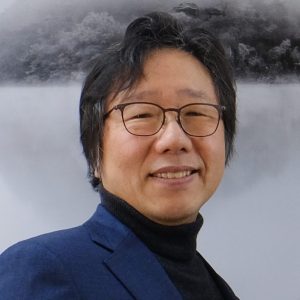Korea’s care economy has undergone significant transformations in recent decades. The care diamond, itself, has shifted from one where the family sector dominated to one with greater involvement from the government and society. In 2002, the percentage of Koreans who believed caregiving was solely the responsibility of the family 71%; in 2018, that percentage had dropped to 27.
The Korean government has implemented several care provisioning systems to meet the evolving needs. The introduction of Long-Term Care Insurance (LTCI) has been instrumental in providing institutional and home-based care services for older adults, benefitting approximately 11.1% of individuals aged 65 and above in 2020. Early Childhood Education and Care (ECEC) programs have made significant strides in offering childcare services for children aged 0-5, with an enrollment rate of approximately 81.6% in ECEC programs, including kindergartens and childcare centers, in 2019.
These initiatives have laid the foundation for a more universal care system in Korea. However, Korea faces challenges due to an ultra-low fertility rate, rapid population aging, and persisting gender disparities in caregiving. To build a sustainable and inclusive care system that effectively meets the diverse care needs of individuals and families in Korea, we will need innovative policy adjustments and promotion of a more gender-equal caregiving system.
Project Lead
-

Ki-Soo Eun
Researcher

